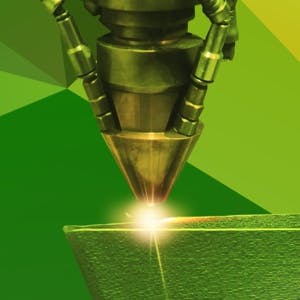- Home
- All updates
- EDGE Insights
- Industries
- Company Search
- My Watchlists (Beta)
EDGE Insights
Filter
EDGE Insights
3D Printing
Additive Manufacturing
Jun 5, 2024
Older updates:
EDGE Insights
Materials science for advanced sensing: Nanomaterials, biomaterials, and quantum sensing at the forefront
Manufacturing
Nov 30, 2023
EDGE Insights
Gearing up for industry 4.0: The innovation portfolio of top industrial innovators
Manufacturing
Jul 11, 2022

Additive Manufacturing
Jun 5, 2024
3D Printing
The following report was prepared and published by our sister platform SPEEDA—June 2023.
Trend Overview
3D Printers Increasingly Used for Fast and Cheap Small-Lot Manufacturing and Mass Production of Complex Structures
A 3D printer is a machine that creates three-dimensional objects by sequentially stacking metal or resin layers using chemical processes such as melting and sintering. This report will cover 3D printers in the broad sense of the term—denoting all machines that apply additive manufacturing technology—but will particularly focus on those that have gained traction in the manufacturing industry.
Most widely used methods to process metal and resin include injection moulding and pressing, which generally require the use of metal dies. While these methods allow for extremely efficient mass production, the production of dies for them requires significant time and capital. In contrast, 3D printing produces structures through a process of depositing materials, including metal and resin, layer by layer without the use of dies. For this reason, 3D printing is suited for the production of prototypes and repair parts, leading it to be known as rapid prototyping in its early days in the 1980s. From an economic standpoint, it offers advantages by reducing die manufacturing costs, inventory costs, material costs (since there are no parts to be removed and discarded), and lead times. Given these advantages, 3D printing was used, for example, in the trial production and early mass production of face shields and ventilators during the COVID-19 pandemic.
Contact us
Gain access to all industry hubs, market maps, research tools, and more
Get a demo
By using this site, you agree to allow SPEEDA Edge and our partners to use cookies for analytics and personalization. Visit our privacy policy for more information about our data collection practices.